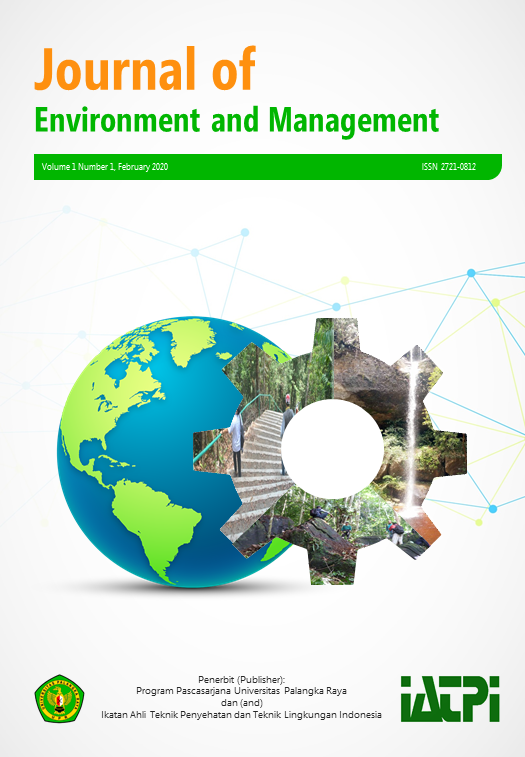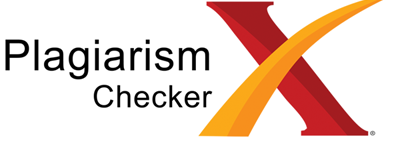Kualitas Air Tanah di Sekitar TPA Km 14 Kota Palangka Raya
DOI:
https://doi.org/10.37304/jem.v1i1.1208Keywords:
Landfill, groundwater, water quality, leachate, Palangka RayaAbstract
The lack of clean water distribution by local water service (PDAM) of Palangka Raya city is the major reason for people around the final processing site/landfill (Tempat Pemrosesan Akhir) at Km 14 to use groundwater for their daily life. The landfill may cause pollution over groundwater known as leachate, which commonly unnoticed by its users. This study aims at assessing the quality of groundwater in that area. The groundwater was taken at different distances from the site in three rainless-days. The physical, chemical and biology parameters of groundwater are observed in the field (in situ) and analyzed in the laboratory, refers to water quality standard of Class I, according to Government Regulation No. 82 of 2001 and Minister of Health Regulation No. 32 of 2017. Public opinion on that issue is cached through interview. The results showed that the groundwater around the landfill in three rainless-days was harmless to be consumed as drinking water, and did not exceed the water quality standards stipulated by government in term of odorless, tasteless, and colorless. Some indicators also show that the groundwater meets the specified quality standards, i.e. TDS (17-68.14 mg/L), DHL (17,15-69.39 ?s), turbidity (0.11-2.50 mg/L), iron (0.227-0.71 mg/L), manganese (<0.0123-0.02 mg/L), coliform (<1.8-280 MPN/100 ml), while Pb and H2S were not detected. From community side, there are no any health complaints arise as long as they use the water.






